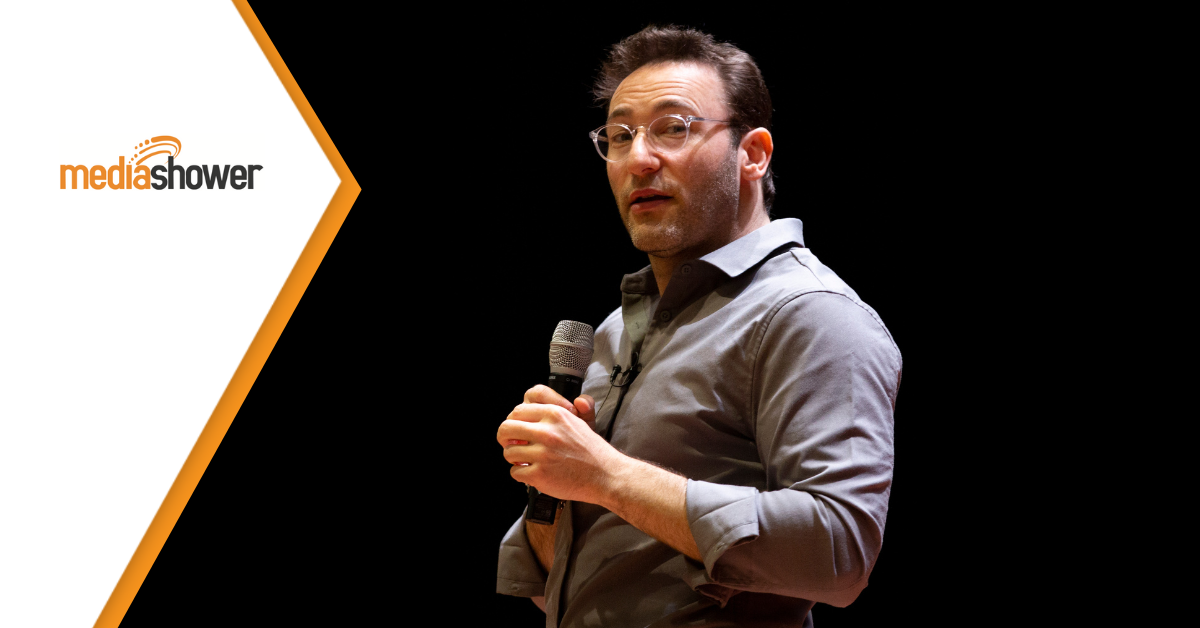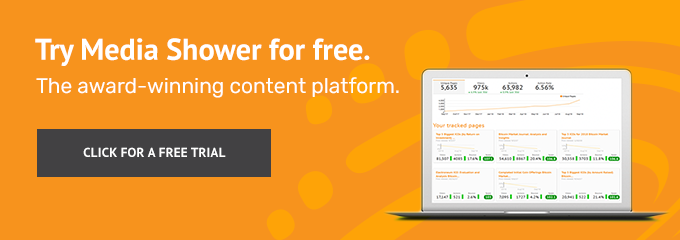
TLDR: Simon Sinek started out as an advertising copywriter. He started his own agency in 2002 and reinvented himself as an author and speaker because his passions became about teaching people to find their “why,” inspiring them to believe their dreams were within reach.
So What? Simon Sinek believes people can make the world better when they help each other, instead of using cutthroat business practices and looking out only for themselves. Here’s how.
Simon Sinek is one of the most well-known speakers and authors on leadership topics. He became famous after a TedX talk in 2009 regarding the concept of “Why.” (Watch it below — it’s great.) He’s built a speaking career around finding purpose and optimism, offering a refreshing alternative to cutthroat corporate cultures.
Here are some lessons we can learn from Sinek about how to communicate honestly and effectively with your target audience.
Start With Why
Sinek’s TED talk says it’s important to discover people’s motivations. “If you talk about what you believe, you will attract people who believe what you believe,” he says. He mentions people like Wilbur and Orville Wright were successful in their endeavors (for them, the first airplane flight) because of their “why.” In many cases, these kinds of individuals don’t want to make money; they want to change the world.
He talked about Martin Luther King Jr.’s passion and said his speech was the “I have a dream” speech, not the “I have a plan” speech. People want to focus on goal setting, plans, and accomplishments, but Sinek says, “What you do is the proof of what you believe.”
In communicating about a product or service we want people to buy, Sinek says it’s essential to frame the offer or pitch in terms of how it fits into the why of your company and how it fulfills the why of your customers.
Show Up to Give, Not to Take
Sales and marketing teams often think of how they can take customers’ time, attention, and money. Sinek says it’s more effective to think in terms of what a product or service can give.
Last year on LinkedIn, Sinek posted, “Don’t give to get. Give to inspire others to give.” He also says in his online bio, “There is an entire section in bookstores called Self-Help, but what we really need is a section called Help Others.”
Focusing on giving rather than getting or taking is not only more effective as a sales and marketing technique. It also benefits both parties in the interaction and advances people’s lives more than any other sales and marketing focus.
Don’t Talk Right Away
Holding back when you first enter a situation has several benefits. First, you can take a good look and make an assessment of where people are coming from and how to best approach them in a purposeful way.
Next, you can access what Sinek calls the “other side of communicating,” aka listening. Listening is valuable in proposing and effecting change that’s beneficial to everyone involved. It’s crucial to any collaborative process.
Finally, holding back from talking right away will communicate to your conversant that you care. This is particularly important when you’re speaking from an area of deep passion and purpose as it’s tempting to come on so strong that you can put off your audience.
Get Agreement on Small Yeses First
One technique Sinek uses to build consensus is to get agreement on small yeses first, before the big pitch or ask. Logan Wedgewood describes the technique as follows:
He starts a conversation by getting you to agree with small obvious “yeses”, wherein other answers would seem absurd as he works his way towards the complex question and states his answer. By this stage, you’re putty in his hands. You’re nodding away and agreeing like your head is on a spring. Any answer but his now seems outrageous.
Another aspect of getting agreement on small yeses is to explain things as simply as possible. This helps people understand your point of view and leads to greater agreement. Wedgewood calls it “the path of no resistance” and adds, “Then, he drives the point home until everyone agrees with him.”
Ignore the Naysayers
Sinek knows he will not get everyone to agree with him in every situation. He advises letting go of those who balk, and moving forward with those who show interest. “Don’t try to convince them,” says Sinek of naysayers. “If they’re addicted to sweets, who am I to tell them they should eat spinach?”
Sinek can take this attitude because he understands how trends are adopted: if he can win over the people who are eager for innovation and adoption, plenty of others will follow.
“It’s the law of diffusion of innovations,” he continued. “I don’t care about the majority. I care about the early adopters and innovators. If I can get 15-18 percent of them to see things a certain way, there’s a tipping point and everyone comes along.”
Media Shower helps you communicate with principles like those of Simon Sinek: with purpose, optimism, and trust. It’s why we’ve attracted clients for over 25 years to help them grow their businesses with great content. Try Media Shower for free. The award-winning content platform.
